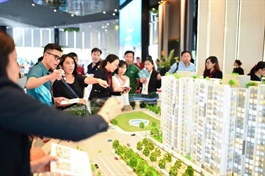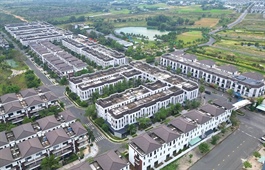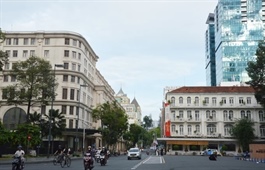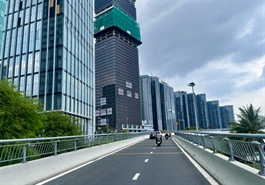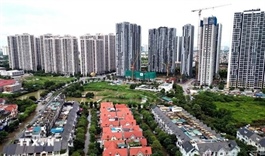Vietnam's infrastructure boom: catalyst for real estate development
Vietnam's infrastructure boom: catalyst for real estate development
An infrastructure surge is propelling the real estate market and laying the groundwork for sustainable economic growth.
Vietnam's infrastructure has made significant strides in recent years, with a series of large-scale transport projects underway, unlocking new and promising opportunities for the real estate market.
Key projects, including strategic expressways, Long Thanh International Airport, and urban metro lines, are playing a vital role in driving economic growth and attracting real estate investment.
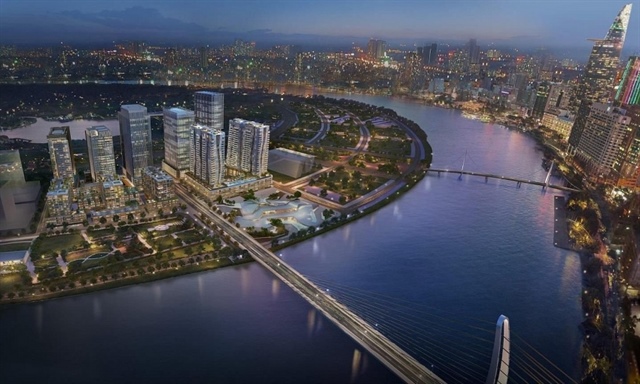
Thu Thiem 2 Bridge to raise the benchmark for The Opera Residence |
The country is witnessing a transformation in its transportation infrastructure. The ambitious goal of 3,000km of expressways by the end of 2025, includes key projects such as the North-South Expressway and connections to the eastern and western regions. By 2030, the nation’s expressway network will aim to expand to 5,000km from just over 1,000km in 2020. These routes enhance regional connectivity and boost property values along critical corridors.
Huynh Thi Kim Thanh, Investment Advisory manager at Savills Vietnam said, "Major infrastructure projects like the North-South Expressway not only improve regional connectivity but also add immense value to surrounding areas, opening up new real estate investment opportunities."
Thu Thiem, in Ho Chi Minh City, is emerging as a new urban hub with crucial infrastructure developments, including the Thu Thiem Bridges 1 and 2 and the Thu Thiem Tunnel. Future projects like the Thu Thiem pedestrian bridge and additional bridges connecting Districts 4 and 7 are set to enhance the area further. The metro line 2 extension is also expected to improve the area's seamless connectivity.
This region is experiencing significant growth in property values, becoming a prime destination for Grade A offices, commercial complexes, and luxury apartments.
A host of real estate projects are capitalising on the infrastructure boom. For instance, Vinhomes Long Beach Can Gio, spanning 2,870 hectares, one of Vietnam’s largest coastal real estate developments, is set to break ground in 2025. Its strategic location and convenient transport links to Ho Chi Minh City make it an attractive investment.
Similarly, industrial zones like Xuan Que-Song Nhan and Cam Lien are strategically positioned near major projects such as the North-South Expressway and Long Thanh International Airport. The zones are well-placed to pull in international investment while aligning with sustainable development goals through modern, eco-friendly infrastructure.
"Infrastructure integration doesn’t just create tangible value for real estate projects but enhances Vietnam’s appeal to global investors," Thanh said.
The wave of infrastructure projects creates immediate benefits while laying a foundation for long-term growth in Vietnam’s real estate market. Suburban and neighbouring provinces are poised to become future investment hotspots. Projects like Long Thanh International Airport and urban metro lines will generate new opportunities for real estate and the broader economy.
"The synergy of modern infrastructure and high-quality real estate projects will elevate Vietnam’s position in regional and global markets. Iconic projects such as Long Thanh International Airport, the North-South Expressway, and metro lines in Ho Chi Minh City and Hanoi symbolise progress and will continue to drive economic and real estate sustainability," Thanh said.
2024 marks a pivotal milestone in Vietnam’s infrastructure development, paving the way for significant opportunities for real estate investors. Supported by government initiatives and international developers’ interest, Vietnam’s real estate market is expected to maintain its robust growth trajectory, heralding transformative change in the years ahead.







